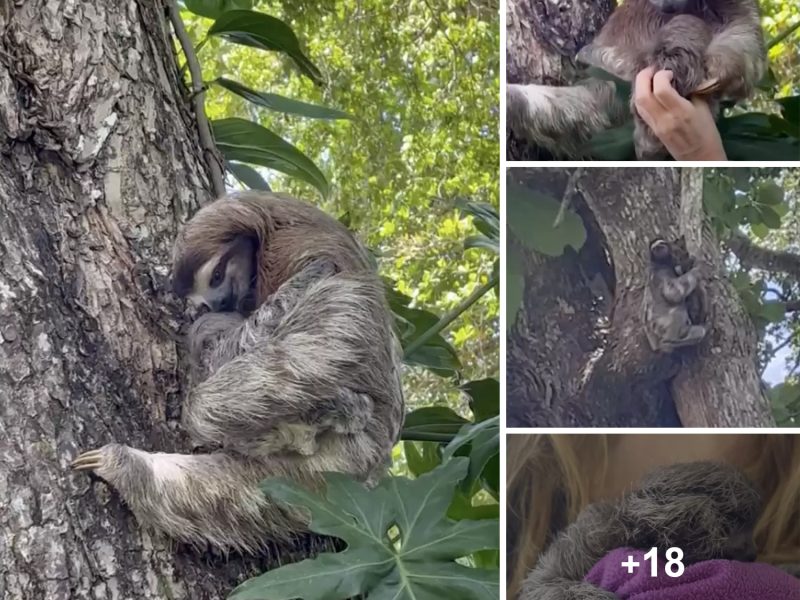There are many exquisite hummingbirds in nature. These tiny creatures have one-of-their-kind plumage, making them precious flying gemstones. It’s quite hard to describe the beauty of their coat. Just too perfect to be true! These birds seem to jump out from fairy books or are the artworks of talented artists. If you have an opportunity to see them in real life, make sure that you take it.
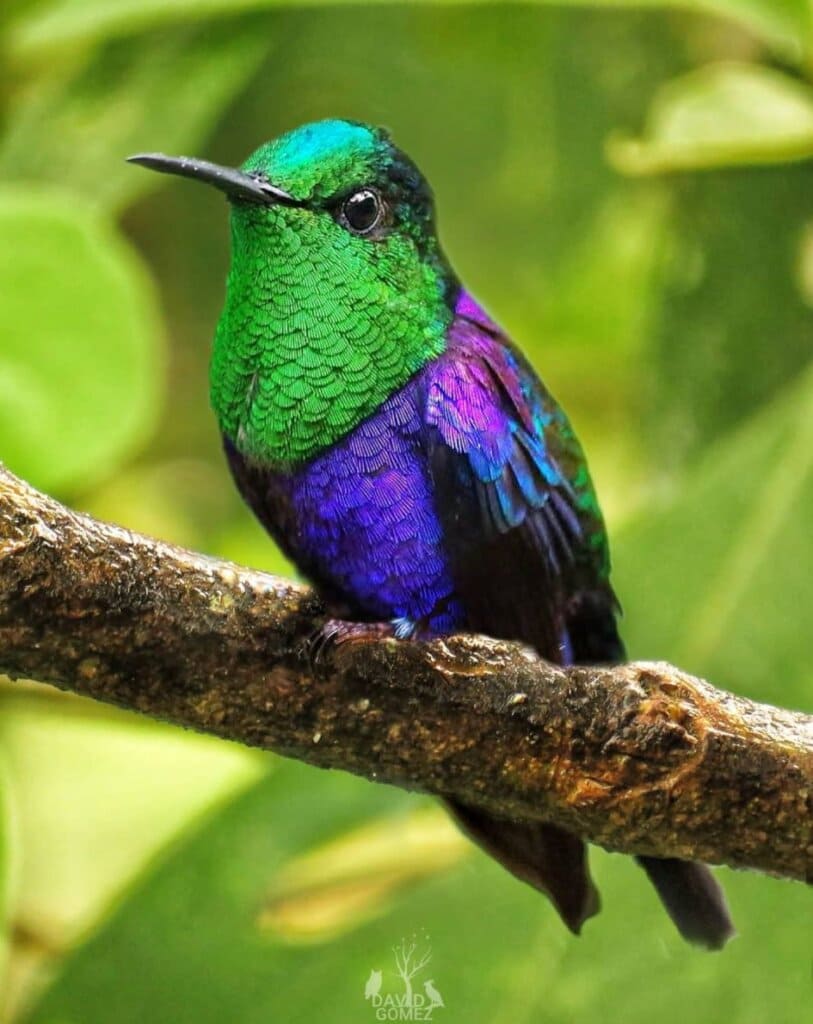
The crowned woodnymph is among these outstanding birds. These hummingbirds are beautifully covered in iridescent blue and green. Greens are on their cap, throat, and breast while the belly and the rest of its body shine with deep iridescent blue. Who can keep their eyes off these spectacular birds?
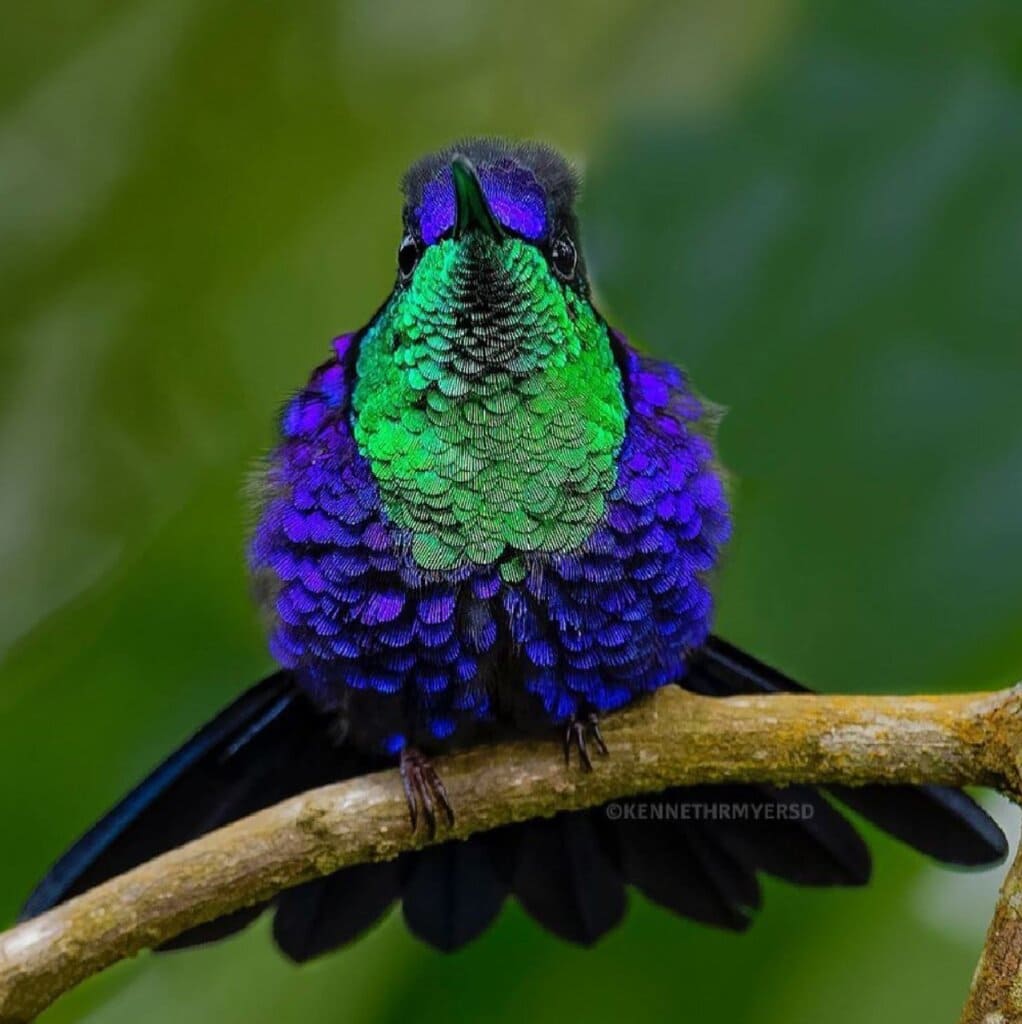
The tail of this bird is also eye-catching. It’s forked, and dark blue.
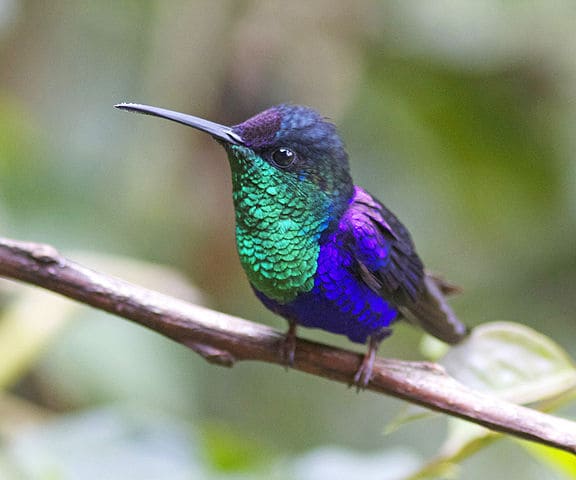
Let’s admire their stunning plumage in the video below!
Comparing with gorgeous male birds, the female of this species is a bit duller with green upperparts. She also has gray underparts with green flecks on the sides of their breast and belly. Her tail is a dusky blue with white tips.

The crowned woodnymph is a member of the hummingbird Trochilidae family. It distributes in Belize and Guatemala, all the way down through Central America, into Columbia and Peru.
Thanks to the wide range, the population of these striking birds is now stable. They are listed as least concerned on the IUCN list.

This species is commonly found in subtropical or tropical moist lowland forests, subtropical and, or tropical moist montane forests. But they sometimes inhabit heavily degraded former forested areas.
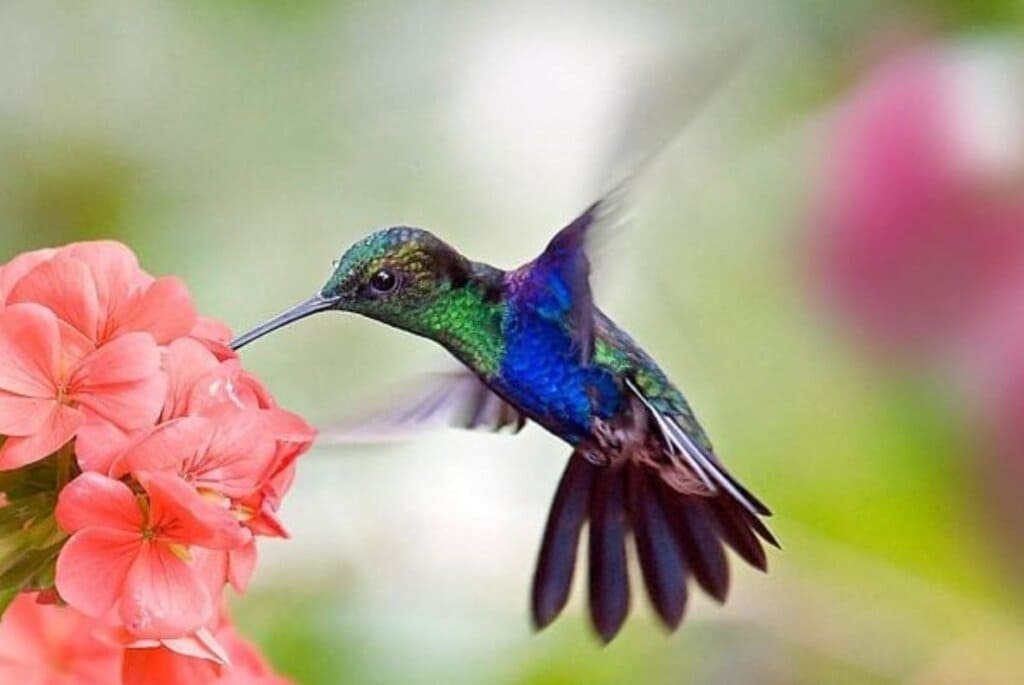
Crowned woodnymphs feed mainly on nectar taken from a wide variety of brightly colored, scented, small flowers on trees, herbs, shrubs, and epiphytes.
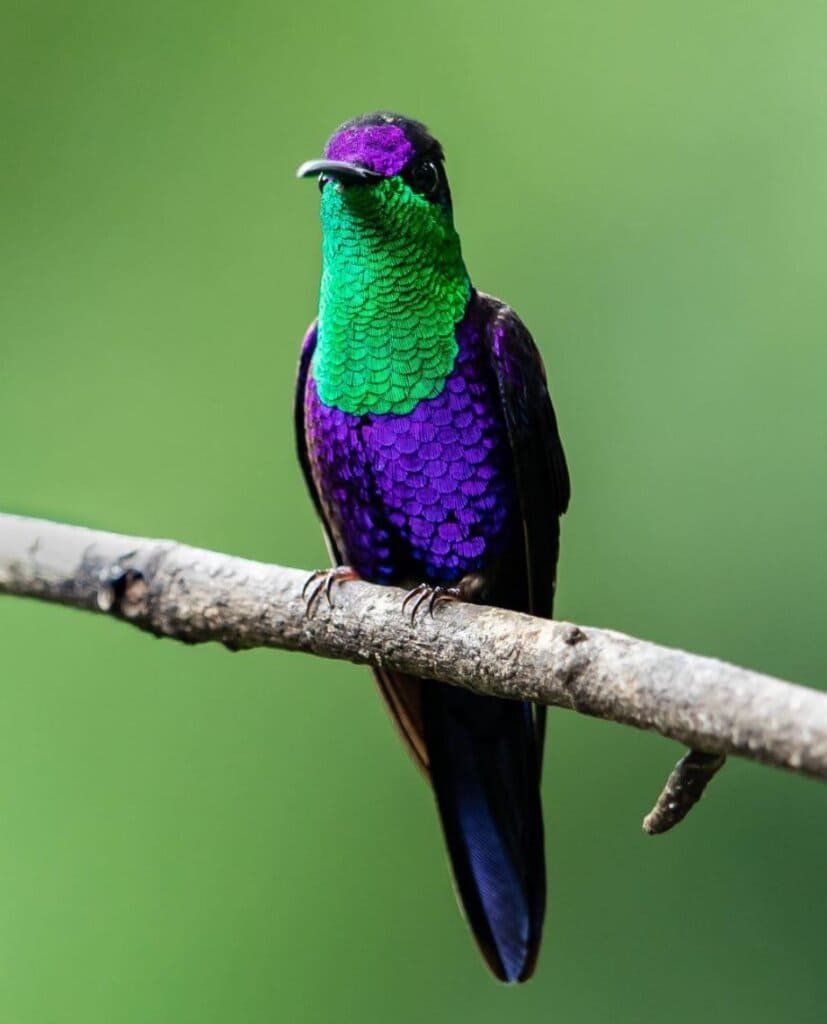
After finding a mate in the breeding season, the female of this bird starts building her nest in a protected shrub or tree, about 1 – 5 m from the ground. This cup-shaped nest is made from plant fibers, green moss, soft material, and spider web. She then lays 2 eggs in her nests and incubates them for 15-19 days. She continues to feed the hatchlings until fully-fledged, for around 20-26 days.
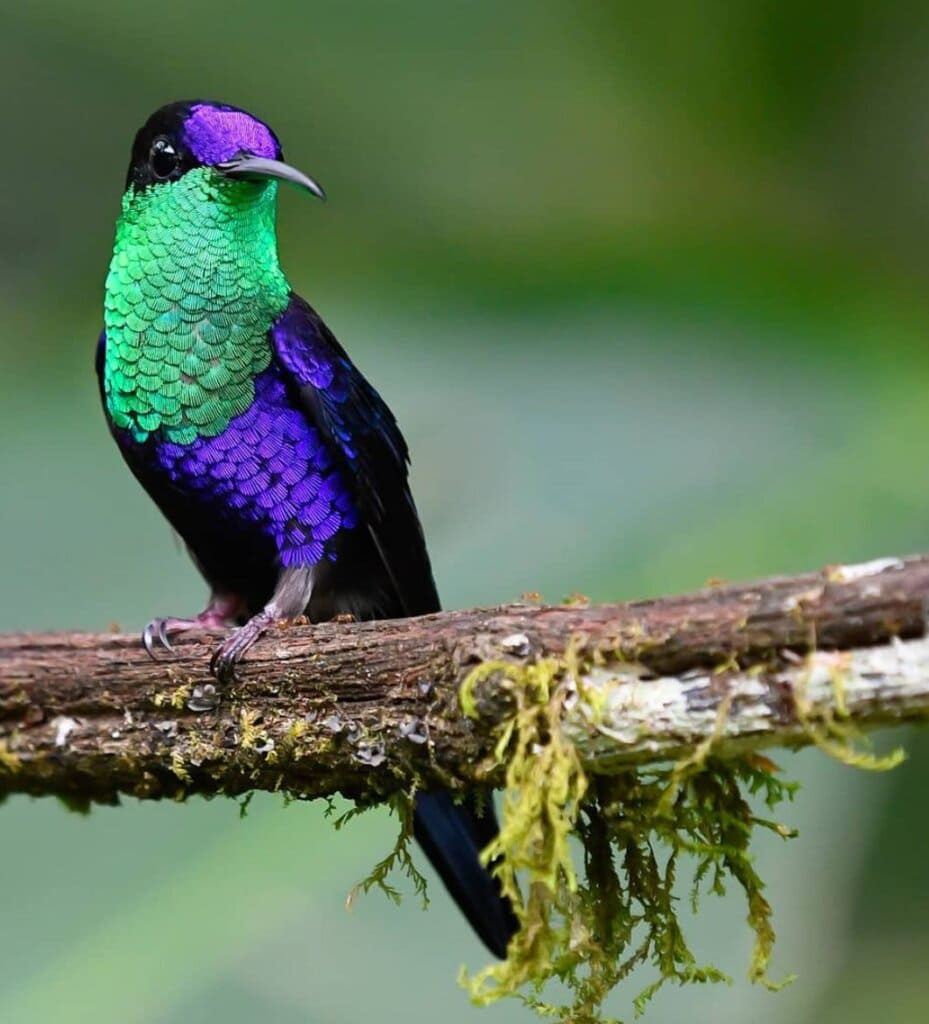
If you love this spectacular tiny hummingbird just share this article with your family and friends.

